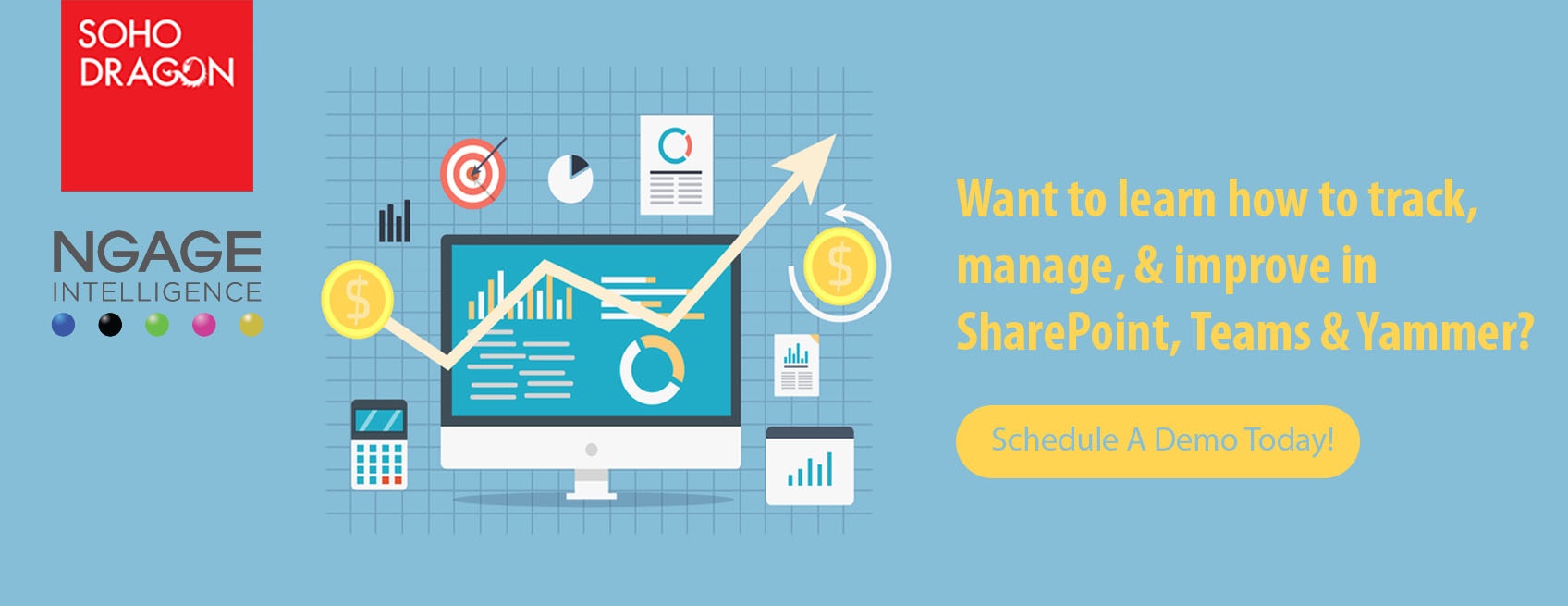Businesses need to be able to make informed decisions as to which platform is right for them and are concerned primarily with the latest security features and how their needs are going to be met. To this end, we are often asked about the differences between Azure AD (Azure Active Directory) and Office 365. So much so, in fact, that we felt it was time to create a post devoted specifically to the topic.
As both are Microsoft solutions, the similarities between the two will be the first thing you’ll see-for instance, they are both cloud-based-but, as you dive a little deeper, you’ll likely discover how different they truly are and what that is going to mean for the way you do business.
Microsoft Azure vs. Office 365
While the components of Office 365 rely on the Active Directory features of Azure on the back end, it’s important to note that Azure is much more than just an Active Directory. However, before we get into the nuts and bolts of the differences between Azure AD and Office 365, let’s first look at the different types of cloud-based services available today so we can better understand how it all fits together.
Different types of cloud services
Software-as-a-Service (SaaS)
SaaS, also referred to as on-demand software, provides subscribers with access to software and databases that are housed in the cloud. The provider, whether it’s Microsoft, Apple, Adobe, or any other SaaS company, houses the infrastructure where the software lives so that subscribers don’t have to. This reduces the cost of entry as the subscriber (an individual or a company) does not have to maintain the infrastructure or support ongoing costs for IT maintenance and updates.
Infrastructure as a Service (IaaS)
IaaS provides the user with virtualized computing in the cloud. In other words, the technology infrastructure that would normally be present on-premises-like servers, storage, virtualization, and networking hardware-is housed in the cloud and accessed via the internet. IaaS providers also offer a range of services including log access, block, and file-based storage, virtual machine disk images, virtual local area networks, firewalls, load balancers, and so on.
Platform as a Service (PaaS)
PaaS offers an entire computing platform including operating systems, databases, a web server, and a development platform. This means that app developers can build their solutions without the cost constraints of having to purchase the myriad hardware and software layers that would normally be needed. Additionally, the PaaS offers automatically scalable resources and storage, which helps to reduce the need to maintain certain resources in-house.
The main differences between Azure AD and Office 365
So, knowing what we know now, let’s go back to the original question.
Microsoft Office 365 is SaaS. It offers a cloud-based version of its popular software productivity suite, which includes MS Word, Excel, PowerPoint, Outlook, and OneNote, with options to add enterprise-grade functionality with Lync, Access, Exchange Online, and SharePoint.
In contrast, Azure AD can be described as both IaaS and PaaS. Its core functions can be divided into four categories:
- Data Services
- Storage: highly scalable database
- SQL Reporting: publish and view reports
- SQL Data Sync: synchronizes data across multiple databases and servers
- SQL Database: high availability with variable performance levels
- HDInsight: big data analytics that integrates with Office 365
- Compute
- Service Fabric: build applications
- Batch: allows you to run high-performance applications
- Remote app: access Windows apps from any device
- Virtual Machines: giving you full control of a server in the cloud
- Cloud Services: managed virtual machines
- Application Services
- Media Services: host a range of media
- Caching: gives you a local view of your web content
- Active Directory: authenticates your application services
- Service Bus: messaging between applications and services
- Access Control Service (ACS): authenticates and authorizes users
- Content Delivery Network (CDN): distributes content to optimize availability and performance
- Networking
- Virtual Network: deploy VMs and other resources on a virtual network
- Traffic Manager: balances the incoming traffic load
With all its functions and complexities illustrated, it should be clear that Azure AD is not simply an active directory. For more detailed information on what Azure offers, check out Microsoft’s highly detailed infographic. The diagram details each of the individual components of Azure as described here as well as other aspects of its functionality.
Summing up
Microsoft Office 365 and Azure AD are both platforms that help you manage data. Though one (Office365) depends on the other (Azure), they each provide a very distinct functionality. Depending on your needs, one may be more appropriate than the other for your business.
In conclusion, if you are in need of advanced productivity software and networking capabilities for your teams, Microsoft Office 365 is essential. If you require a development platform that offers complete control of your IT as well as enterprise-grade BI solutions, Azure is the way to go.
If you would like to learn more about Microsoft solutions and what they can do for your business, get in touch today.

